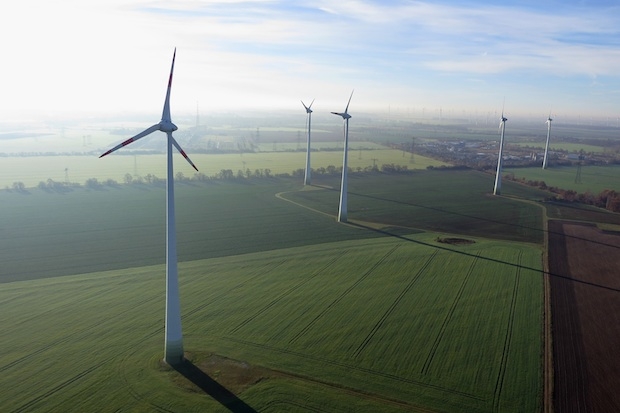There is an app you can load onto your smartphone, called UK Energy, which can tell you how much electricity is currently being generated in Britain and what percentage is coming from different sources. This afternoon the contribution from wind increased sharply from 1.3 per cent to 2.8 per cent as the wind picked up in the west. On some of the coldest winter days, when an anticyclone is sitting over Britain wind will contribute next to nothing, and once the sun goes down solar panels will generate nothing, either.
It is a mark of our unjoined-up energy policy that vast subsidies have been thrown at wind turbines and solar panels without any real thought being put into electricity storage. There remains no practical and cost-effective way of smoothing out the intermittent generation of wind and solar power. Except, that is, one idea put to the Spectator Energy Forum: hydro-electric ‘pumped-storage’ systems, where electricity is used to pump water uphill to a storage lake and then letting it run down a pipe and through a turbine. Why not oblige wind farms to put money towards pumped storage? The problem is that this drives up the cost of wind and solar even further, as it requires some serious civil engineering – plus spoiling even more upland landscapes.
This winter, Britain will only have 4 per cent spare generating capacity at peak times. One thing is for sure: unless somebody comes up with a cheap and effective way of storing electricity, an energy policy based around much greater numbers of wind farms and solar parks is not going to keep the lights on.
More from today’s Spectator Energy Forum later, or keep up-to-date on Twitter by following the hashtag #SpecEnergy.







Comments